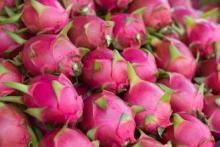Pumpkin Spice, Good For More Than Lattes: Great Medicinal Uses
It's that time of year. That’s right, I’m talking about the avalanche of everything pumpkin spice. Lattes, baked goods, protein shakes, hand soaps, room sprays and, yup, even toilet paper. Love it or hate it, pumpkin spice is here for the next couple months.










